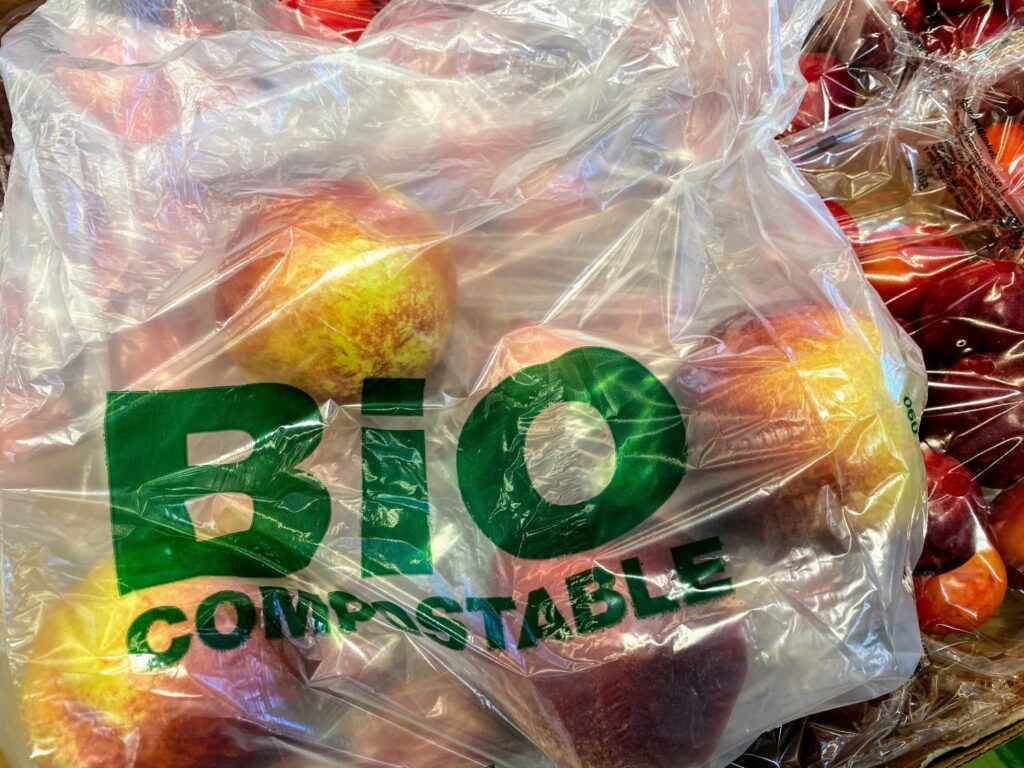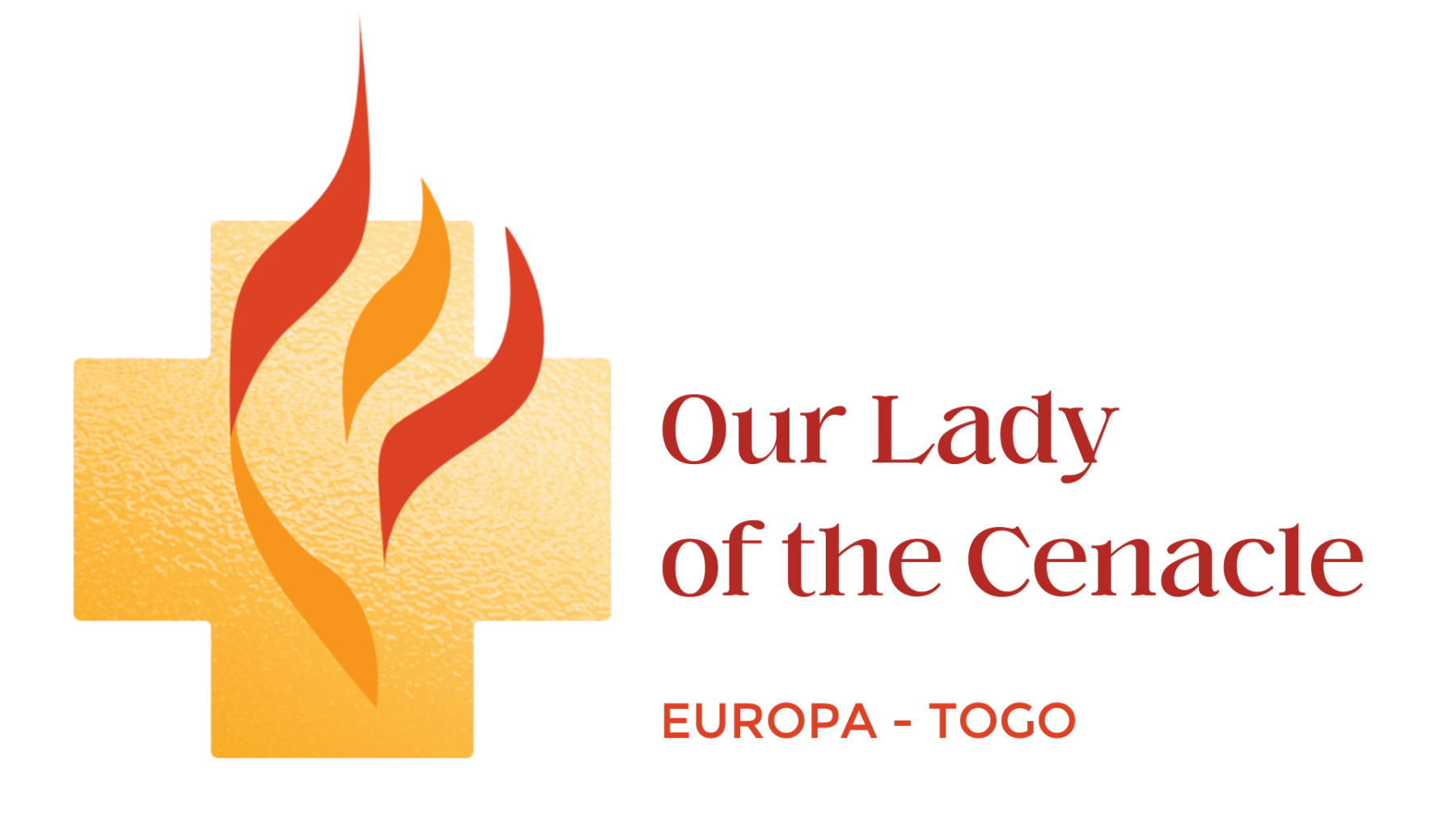Back to Life
This article is written by Riccardo Manuel La Rosa, a young man who, through his studies and his reflection, participates in the global movement of ecological conversion.
Having reconnected with the Faith after having already chosen my path of university studies, the first thing that amazed me was a passage The Book of Genesis. Genesis 30:37-43 which reads:
“Jacob, however, took fresh-cut branches from poplar, almond and plane trees and made white stripes on them by peeling the bark and exposing the white inner wood of the branches. 38 Then he placed the peeled branches in all the watering troughs, so that they would be directly in front of the flocks when they came to drink. When the flocks were in heat and came to drink, 39 they mated in front of the branches. And they bore young that were streaked or speckled or spotted. 40 Jacob set apart the young of the flock by themselves, but made the rest face the streaked and dark-colored animals that belonged to Laban. Thus he made separate flocks for himself and did not put them with Laban’s animals. 41 Whenever the stronger females were in heat, Jacob would place the branches in the troughs in front of the animals so they would mate near the branches, 42 but if the animals were weak, he would not place them there. So the weak animals went to Laban and the strong ones to Jacob. 43 In this way the man grew exceedingly prosperous and came to own large flocks, and female and male servants, and camels and donkeys”.
A shift from the “living” to the “chemical”
I read and reread, I checked the chapter before and the chapter after, I checked the notes, the commentary, but nothing: whoever wrote the notes of the old Bible that I had at home is convinced that the academic debate on the variants of the Samaritan manuscripts is so important that it leaves the interpretation of this passage to me.
Despite the curiosity, that evening I kept the commitment I had made and continued to read without taking “breaks” on the phone, and after turning off the alarm clock the next morning, the doubts remained, but not curiosity.
After a few months and various reflections, I would like to propose an interpretation related to what I study and do as a student of agro-industrial biotechnology : since the time of the Patriarchs, the wise man has guided the development of offspring of domesticated life forms, from generation to generation. Of course, that doesn’t explain how the poplar branches influence the sheep’s coat, or whether or not it was legal for Jacob to enrich himself on the backs of his stepfather, but the subtext, or rather the vision of the world that is taken for granted by the author leads me...
I read and reread, I checked the chapter before and the chapter after, I checked the notes, the commentary, but nothing: whoever wrote the notes of the old Bible that I had at home is convinced that the academic debate on the variants of the Samaritan manuscripts is so important that it leaves the interpretation of this passage to me.
Despite the curiosity, that evening I kept the commitment I had made and continued to read without taking “breaks” on the phone, and after turning off the alarm clock the next morning, the doubts remained, but not curiosity.
After a few months and various reflections, I would like to propose an interpretation related to what I study and do as a student of agro-industrial biotechnology : since the time of the Patriarchs, the wise man has guided the development of offspring of domesticated life forms, from generation to generation. Of course, that doesn’t explain how the poplar branches influence the sheep’s coat, or whether or not it was legal for Jacob to enrich himself on the backs of his stepfather, but the subtext, or rather the vision of the world that is taken for granted by the author leads me to this consideration: it is clear that since the industrial revolution there has been a shift from the “living” to the “chemical”. This estrangement was first scientific, then technical, then industrial, then social and finally cultural. We can see the consequences today: the entire biosphere has suffered and is suffering from exhaust gases from factories, emissions from internal combustion engines, non-perishable waste because it is made up of materials unknown to all forms of life.

the industrial transition from “chemical” to “living”
We hear about this situation from excellent researchers, journalists, experts and committees, even when I decided to undertake my studies. The great promise of biotechnology is to improve and adapt living forms to produce everything that the chemical industry has given us, without however going through solvents or pollutants, and this return to the ancestral paradigm would solve a large part of the problem that we have not only on the environmental level but also on the health level.
The heart of this article is actually to inform you of an international movement widely promoted by environmental organizations, governments and individuals, which consists of the industrial transition from “chemical” to “living”. The chemical industry invests time, money and resources to prevent all of the toxic substances needed at virtually every stage from harming humans or the ecosystem. Unfortunately, it is not possible to completely protect factories from the outside or completely eliminate all toxic waste. On the other hand, plants, algae and yeasts are skilled chemists, perfected by hundreds of millions of years of evolution, and thanks to the research and development work of chemists, biologists, botanists and engineers, we can now get them to produce substances for...
We hear about this situation from excellent researchers, journalists, experts and committees, even when I decided to undertake my studies. The great promise of biotechnology is to improve and adapt living forms to produce everything that the chemical industry has given us, without however going through solvents or pollutants, and this return to the ancestral paradigm would solve a large part of the problem that we have not only on the environmental level but also on the health level.
The heart of this article is actually to inform you of an international movement widely promoted by environmental organizations, governments and individuals, which consists of the industrial transition from “chemical” to “living”. The chemical industry invests time, money and resources to prevent all of the toxic substances needed at virtually every stage from harming humans or the ecosystem. Unfortunately, it is not possible to completely protect factories from the outside or completely eliminate all toxic waste. On the other hand, plants, algae and yeasts are skilled chemists, perfected by hundreds of millions of years of evolution, and thanks to the research and development work of chemists, biologists, botanists and engineers, we can now get them to produce substances for our benefit, gradually replacing the need for chemical factories. Given that in “biotechnological factories” these modified organisms are used to produce what interests us, all the stages involve biological matter, which is not likely to be polluting since all that is or has been alive is consumed by a natural decomposer.

Returning to the natural order without renouncing innovations
I may have given the impression of a rivalry between chemists and biotechnologists, but that is not the case ! This transition is the triumph of knowledge in chemistry : my great-uncle was an industrial chemist who supervised the manufacturing of the substances that give colour to the markers, one day I, a biotechnologist, and my cousin, a research chemist, will perhaps work together to bring you vegetable ink markers, or maybe something bigger. It is only now that, thanks to chemistry, we fully understand how life transforms what it consumes into what it produces, that we can finally return to that natural order of things, in which most of what man produces and uses comes from a living being, but without renouncing all the innovations and discoveries that we have been able to benefit from over the last two centuries thanks to the increasingly refined application of chemical knowledge.
I may have given the impression of a rivalry between chemists and biotechnologists, but that is not the case ! This transition is the triumph of knowledge in chemistry : my great-uncle was an industrial chemist who supervised the manufacturing of the substances that give colour to the markers, one day I, a biotechnologist, and my cousin, a research chemist, will perhaps work together to bring you vegetable ink markers, or maybe something bigger. It is only now that, thanks to chemistry, we fully understand how life transforms what it consumes into what it produces, that we can finally return to that natural order of things, in which most of what man produces and uses comes from a living being, but without renouncing all the innovations and discoveries that we have been able to benefit from over the last two centuries thanks to the increasingly refined application of chemical knowledge.

